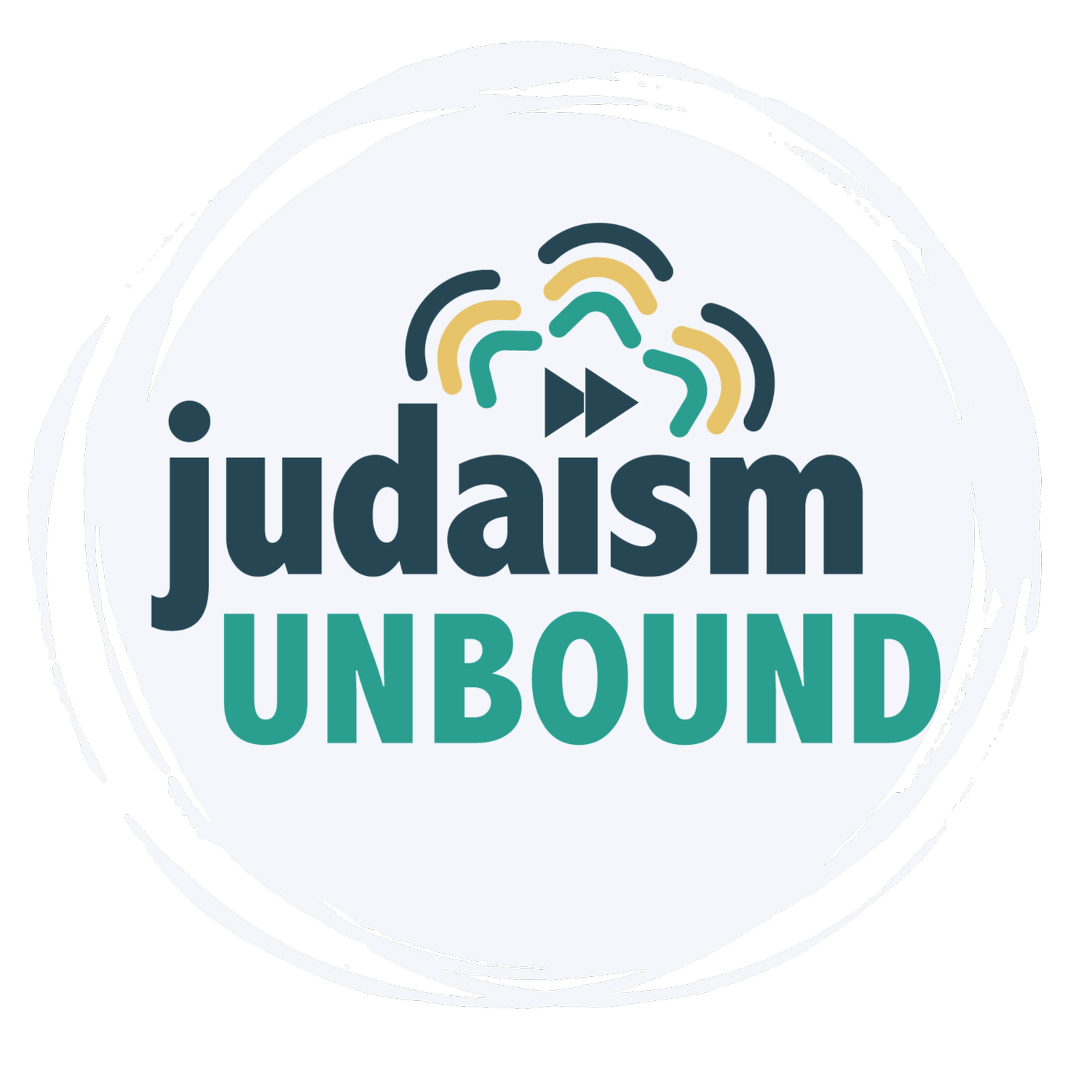Yishai Jusidman: Judaism Unbound Episode 157 - Painting The Unpaintable
Yishai Jusidman, a painter whose exhibition Prussian Blue features a series of works looking at the Holocaust, questions of memory, and representation — joins Dan Libenson and Lex Rofeberg to discuss his work and the thinking behind it. [1] This episode is the second in a series of episodes on art, creativity, preservation, and museums, brought to you in partnership with The Council of American Jewish Museums.
For video and images of Prussian Blue to view as you listen to the episode, scroll down this page.
(0:01 - 13:56): To begin the episode, Jusidman looks back at the events that led him to lean into the fraught arena of painting “about” the Holocaust, the works that became the exhibition Prussian Blue. First, he reflects on visiting an exhibition by Luc Tuymans, [2] and how its understanding of representing the Holocaust (and whether one can ever succeed at doing so) differed from his own. [3] He then explores a series of discoveries he made about the pigment “Prussian Blue,” its physical presence in some death camps as a result of chemical reactions with the gases used in the extermination chambers, and his idea to utilize the pigment as a tangible way of connecting to the Holocaust itself. Jusidman also explores, more broadly, the role that art can play in representing precisely those elements of the past and present that are hardest for us capture in words.
(13:57 - 27:05): Jusidman offers a critique of pedagogies that attempt to create an experience that “feels like” being in the Holocaust. Looking in particular at a methodology of providing visitors with a passport of someone who experienced the Holocaust, to Jusidman, it feels a bit manipulative. [4] He recognizes that such approaches come from a place of positive intentions, geared toward the important goal of sparking empathy for those who were murdered, but still believes that “prosthetic experiences” are ineffective ways to relate to elements of the past. Lex compares the idea that one can never authentically represent the Holocaust in art to the religious presumption that one can never effectively represent God in artwork. [5] Jusidman gives his take on those parallel ideas and broadens the conversation to push back on the notion — held by some artists — that representational painting of any kind (not just about the Holocaust or God, but more generally) is impossible, such that attempts at it necessarily fail.
(27:06 - 41:38): The question of audience arises, and Jusidman puts forth the belief that artists always need an audience. In doing so, he pushes back on the cliché image that many people have in their heads, of artists whose only mission is to express themselves, independent of what potential viewers will experience from their work. To close the episode, Jusidman looks back on his own development, from his upbringing as a Jew in Mexico, [6] through experiences in American universities studying art and philosophy, and how all of these served to shape the person and artist that he haJs become.
Prussian Blue - Video
Prussian Blue - Images
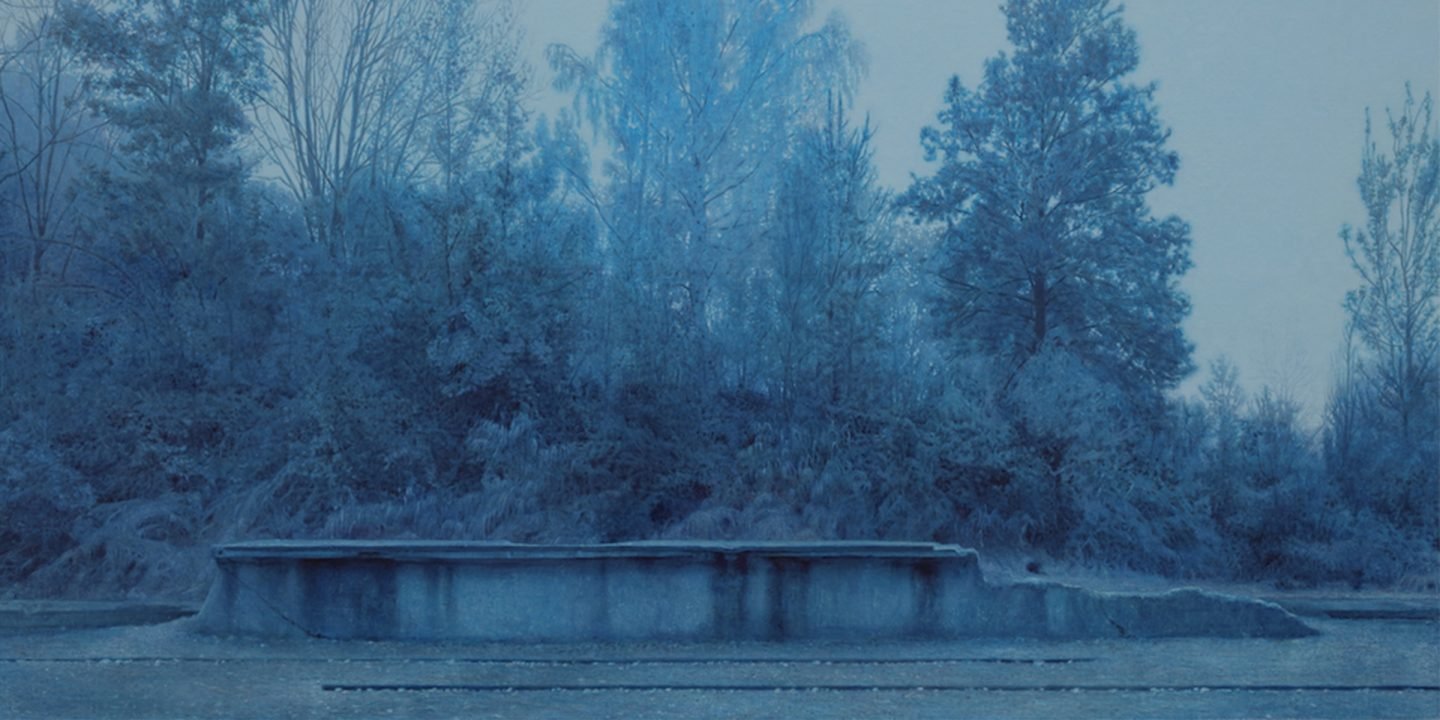
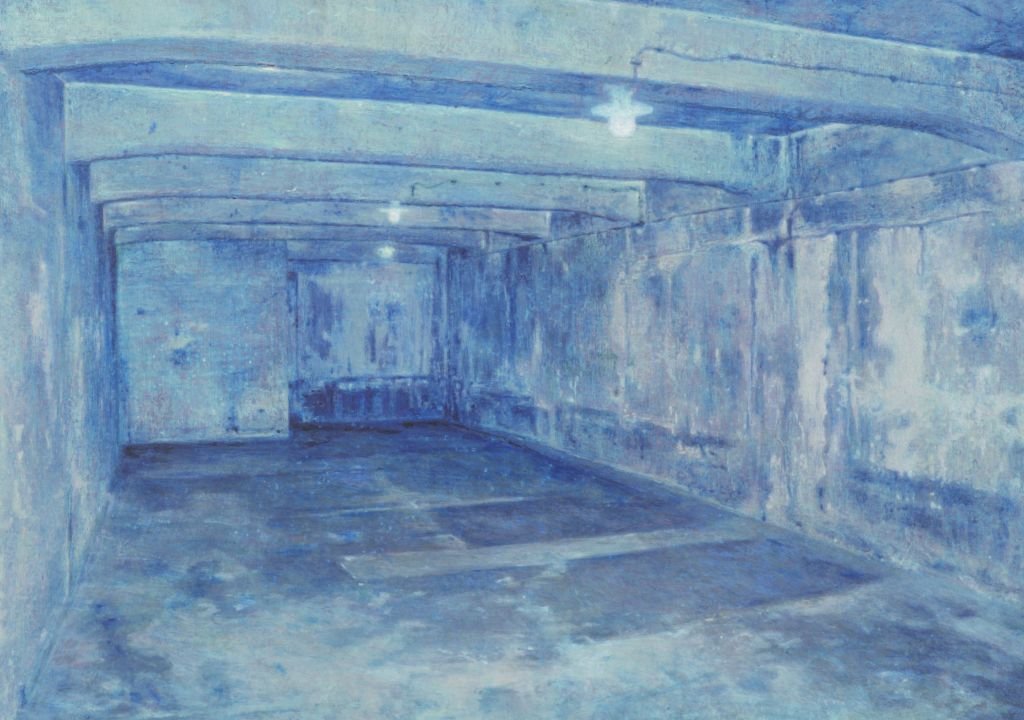
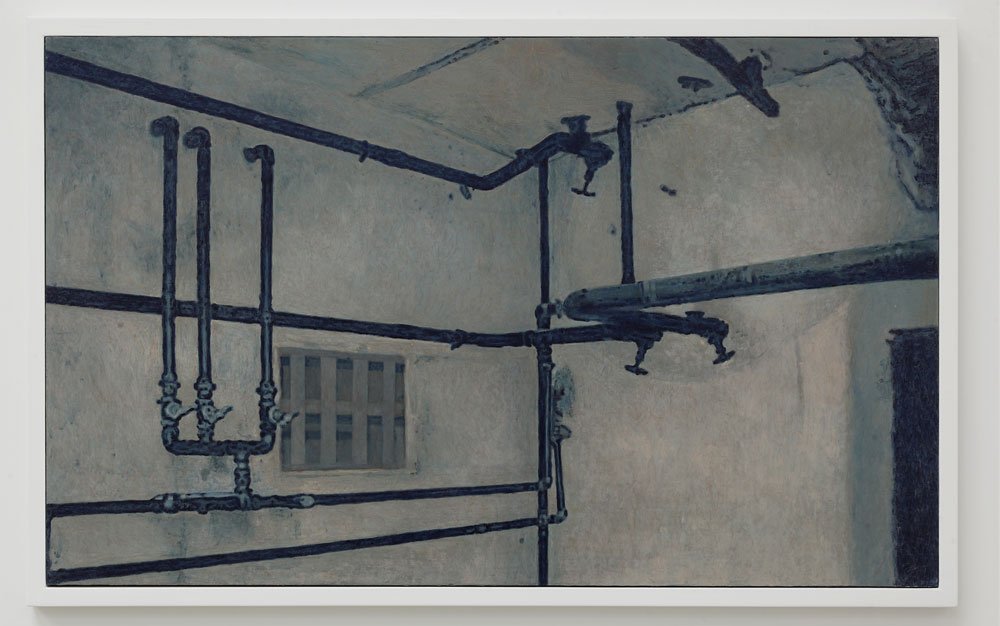
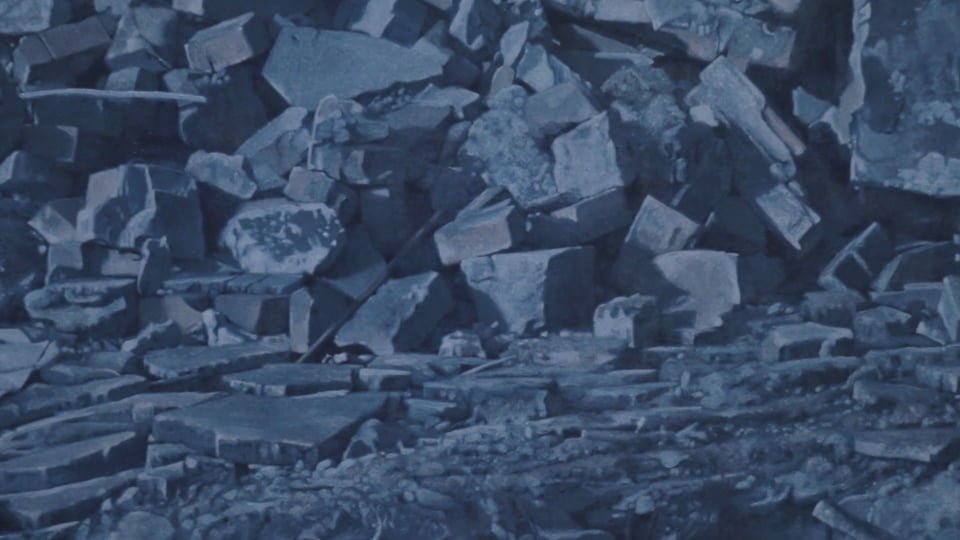
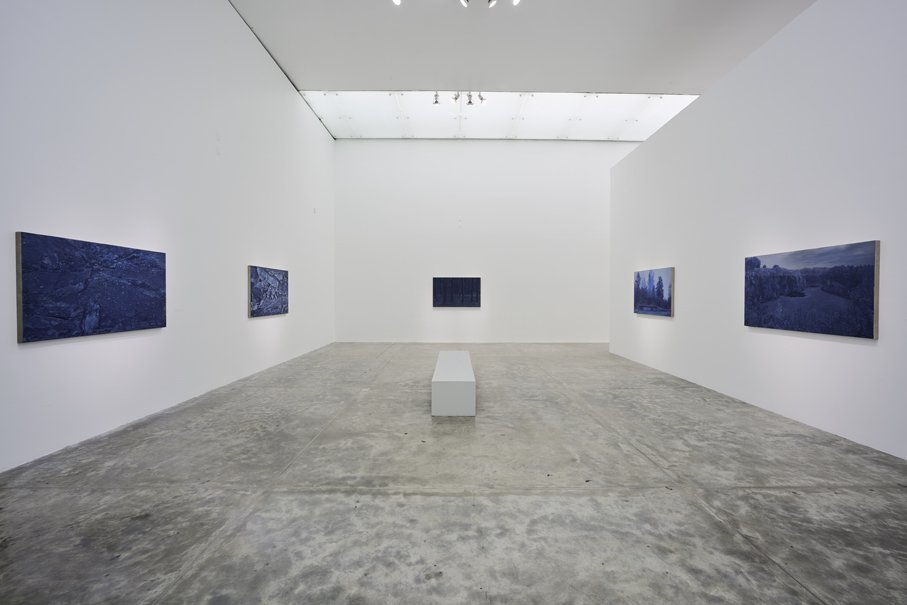
[1] Learn more about Yishai Jusidman, and his work, by visiting YishaiJusidman.com. For a variety of articles about Prussian Blue, check out these links: The Village Voice, New York Times, Ha’aretz. For a video that introduces the story behind the paintings and shows many of the paints themselves, scroll down this page and click play on the video.
[2] Get a better sense of the content in Luc Tuymans’s San Francisco show, which propelled Jusidman towards creating his work, by clicking here.
[3] Jusidman discusses the influence of Theodore Adorno’s claim that “poetry after Auschwitz is barbaric.” Learn more about the context of that quote, and read a critique of it, by clicking here.
[4] Gain a sense of what these passports are, and how the Holocaust Memorial Museum uses them, here.
[5] Lex ties this conversation back to Amichai Lau-Lavie’s appearance on the show, in which he argues that he would have contributed to the construction of the golden calf at Mount Sinai. You can hear Lau-Lavie’s argument by listening to Episode 29: Lab/Shul - Amichai Lau-Lavie.
[6] Jusidman briefly alludes to immigration restrictions in the United States, which led many European Jews to immigrate to Mexico instead. Learn more about the context of those restrictions, and contemporary political parallels to them, by listening to the bonus episode Antisemitism, Nativism, and Immigration - Eli Lederhendler.
